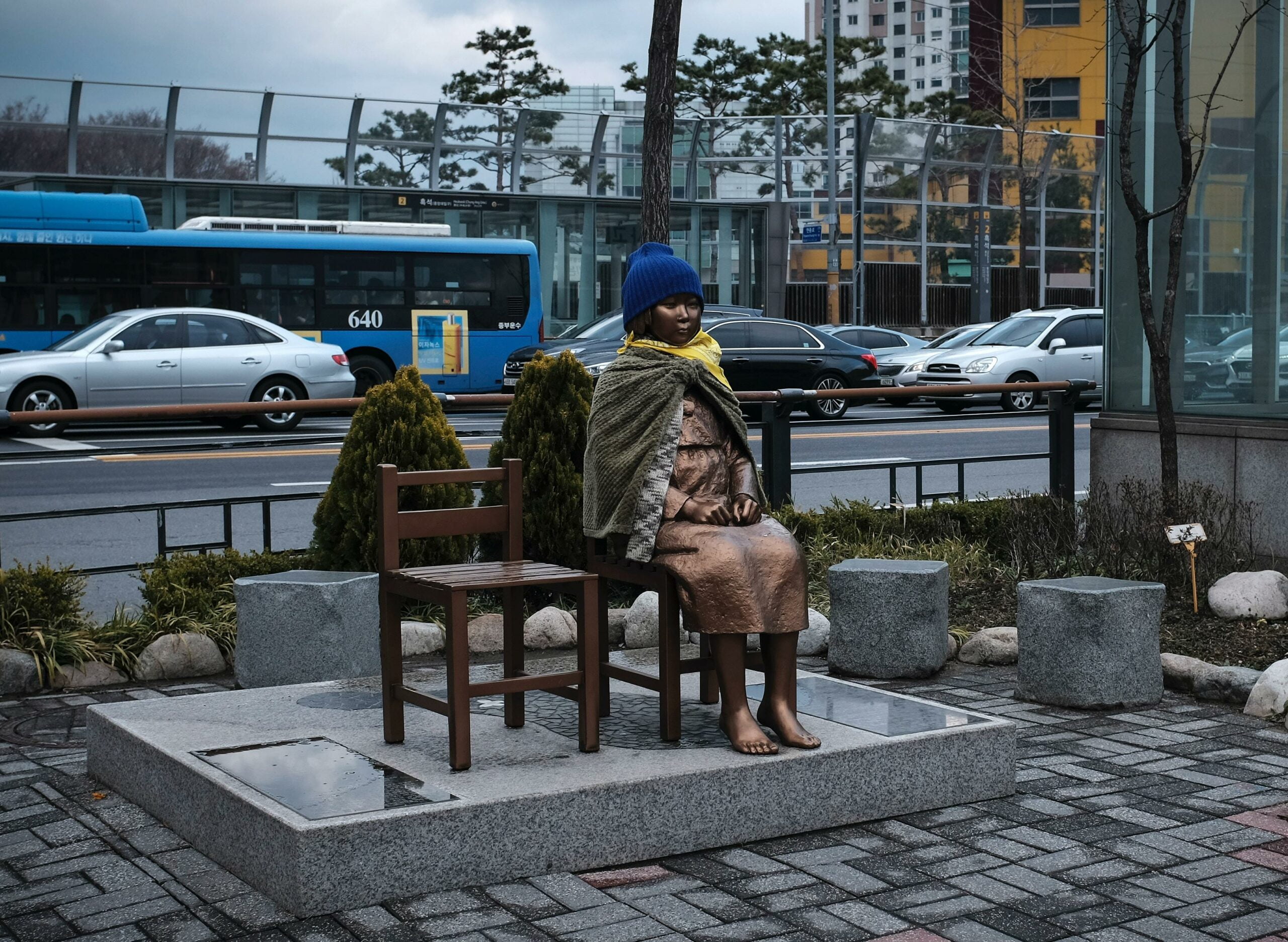Slavery, a dark chapter in human history, has left an indelible mark on numerous societies across the globe. Among them, the French Caribbean island of Guadeloupe stands as a poignant testament to the lasting legacy of this abhorrent institution. In this article, we embark on a journey through time, delving into the impact of slavery in Guadeloupe and unraveling the intricate web of consequences that persist to this day. From economic disparities to cultural transformations and social inequalities, we will explore the multifaceted repercussions of slavery, shedding much-needed light on a topic too often overlooked in historical discourse. Prepare to be captivated by a narrative that exposes the true depth of Guadeloupe’s struggle for liberation and the profound resilience of its people.

Impact of Slavery in Guadeloupe
As we delve into the dark corners of history, it is crucial to shed light on the lasting impact of slavery in Guadeloupe. This French colony in the Caribbean was marred by the brutality of the slave trade, leaving behind deep scars that continue to shape the island today. Let us embark on a journey to explore the ramifications of this horrific chapter, examining its effects on the economy, culture, and society of Guadeloupe.
Economic Ramifications
The legacy of slavery in Guadeloupe has left an indelible mark on its economic landscape. The distribution of land, for instance, was heavily influenced by the history of enslavement. The vast plantations that operated during this period resulted in a concentration of wealth among the plantation owners, leaving little opportunity for economic mobility among the formerly enslaved individuals. This stark divide between the haves and the have-nots still lingers, perpetuating economic inequality in the region.
Additionally, the system of forced labor during slavery shaped the island’s approach to paid work. The defense strategies developed by the enslaved population to survive harsh conditions and maintain their dignity have impacted labor practices even after emancipation. Understanding this historical context is crucial to comprehending the present-day labor dynamics in Guadeloupe.
“The distribution of land and the defense strategies in paid work continue to bear the marks of slavery.”
Guadeloupe, a stunning archipelago nestled in the Caribbean Sea, has a rich history that dates back centuries. From the arrival of the indigenous Arawak people to the colonization by the French, Guadeloupe’s past is filled with fascinating tales of conquest, struggle, and cultural fusion. If you’re curious to discover more about the captivating history of this enchanting destination, click here to explore the intriguing story of Guadeloupe: History Of Guadeloupe. Immerse yourself in the narratives that shaped this tropical paradise and gain a deeper understanding of its vibrant heritage.
FAQ
Question 1
What is the history of slavery in Guadeloupe?
Answer 1
Guadeloupe was a French colony in the Caribbean that had a significant history of slavery and the slave trade. The island experienced two periods of British occupation in 1759 and 1794 but was recaptured by the French. Slavery was officially abolished in Guadeloupe twice, with the first abolition taking place from 1794 to 1802. However, it was reintroduced during the Napoleonic Wars in 1802. The legacy of slavery in Guadeloupe had a profound impact on various aspects, such as the distribution of land and the development of defense strategies in paid work.
Question 2
What were the consequences of slavery in Guadeloupe?
Answer 2
The impact of slavery in Guadeloupe can be observed through its economic, cultural, and social consequences. The distribution of land was greatly influenced by the institution of slavery, resulting in disparities that persist to this day. Slavery also shaped the development of defense strategies in paid work, as enslaved people had to navigate a system designed to exploit and control them. Additionally, the lasting effects of slavery can be seen in Guadeloupe’s cultural practices, traditions, and social structures.
Question 3
Did Guadeloupe experience any slave uprisings?
Answer 3
Yes, Guadeloupe witnessed several slave uprisings during its history. These uprisings were a response to the brutal conditions and treatment endured by the enslaved population. The uprising in 1794, led by Victor Hugues, was particularly significant as it played a role in the abolition of slavery in Guadeloupe. However, despite the brief period of emancipation, slavery was reintroduced in 1802, leading to further resistance and uprisings.
Question 4
What is the significance of the Mémorial ACTe museum in Guadeloupe?
Answer 4
The Mémorial ACTe museum in Guadeloupe is known for its exploration of the legacy of the Caribbean’s slave trade. This museum provides a comprehensive and in-depth understanding of the history and impact of slavery in the region, including Guadeloupe. It serves as an important educational and cultural institution, shedding light on the often neglected aspect of history and fostering a dialogue about the consequences of slavery.
Question 5
Were Guadeloupe and Martinique significant possessions for France in terms of slavery?
Answer 5
Yes, Guadeloupe and Martinique were France’s two most important Lesser Antillean possessions in terms of slavery. They had a majority of enslaved individuals before the 1800s. The sugar plantations on these islands were highly lucrative and relied heavily on the labor of enslaved people. The history of slavery in Guadeloupe and Martinique played a significant role in shaping the social, economic, and cultural landscapes of both islands.
- Jesus Bible: Discover Jesus’s Story Throughout Scripture - April 27, 2025
- Don Luis: Unraveling the 16th-Century Virginia Mystery - April 27, 2025
- Captain J’s Kauai Tours: Unforgettable Na Pali Coast Adventures - April 27, 2025
















